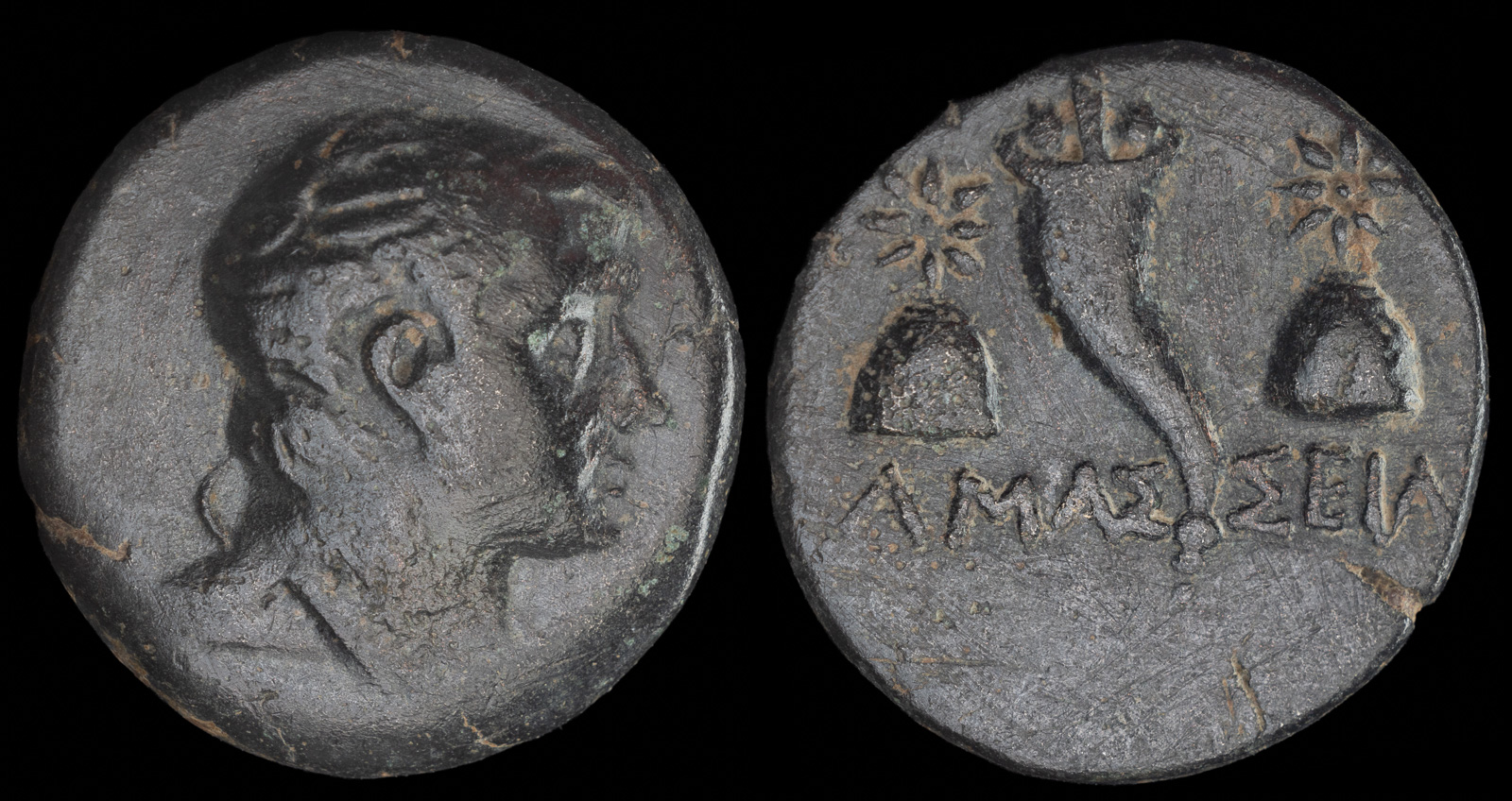Cornucopiae
View All Tags
In Roman coinage, the cornucopia was often used to highlight the prosperity of the state or the emperor’s reign. It was a frequent motif in times of peace and economic stability, as it communicated the idea that the empire was flourishing and that its citizens were enjoying the fruits of a prosperous era. The cornucopia often appeared alongside other symbols of imperial power, such as the globe or scepter, reinforcing the connection between political stability and material wealth. For example, it was used on coins issued by emperors to celebrate military victories, successful campaigns, or the restoration of order following periods of unrest.
The cornucopia also had religious significance in Roman society. It was associated with the goddess Abundantia, the personification of abundance and prosperity, and with Fortuna, the goddess of luck and fortune. In temples and public monuments, the cornucopia symbolized the divine gifts of the earth, which were seen as essential to the well-being of the Roman people. It was often depicted in conjunction with these deities, emphasizing the relationship between divine favor and earthly wealth. The cornucopia was a symbol of blessings granted by the gods, particularly in terms of agricultural abundance, which was vital to the Roman economy and the sustenance of the population.
In addition to its association with material wealth, the cornucopia also carried connotations of hope and generosity. It served as a reminder that prosperity was not a static achievement but something that needed to be nurtured, shared, and celebrated. The overflowing nature of the cornucopia conveyed the idea that abundance was a gift to be distributed, fostering a sense of social responsibility and the duty to ensure the well-being of the wider community.
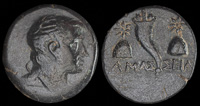
Amaseia, Pontos 120-100 BCE
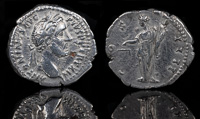
Antoninus Pius 138-161 CE
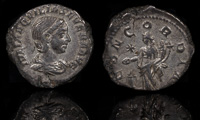
Aquilia Severa 220-222 CE
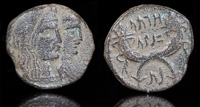
Aretas IV w Shaqilat 9 BCE – 40 CE

Caracalla 198-217 CE
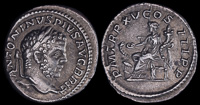
Caracalla 212 CE
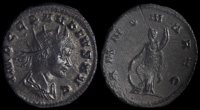
Claudius Gauthicus 268-270 CE

Kotiaion, Phrygia 244-249 CE
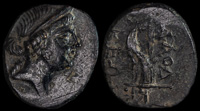
Laodikeia ad Lycum, Phrygia 133-67 BCE
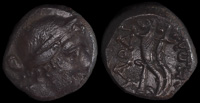
Laodikeia ad Lycum, Phrygia 158-138 BCE
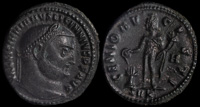
Licinius 308-324 CE

Lucius Verus 161-169 CE
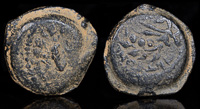
Mattathias Antigonos 40-37 BCE

Maximian 295-296 CE

Maximinus Daia 312 CE

Maximinus I Thrax 235-238 CE
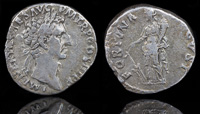
Nerva 97 CE

Otacilia Severa 244-249 CE
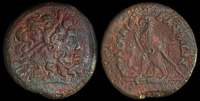
Ptolemy IV 222-204 BCE
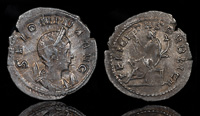
Salonina 257-258 CE

Septimius Severus 193-211 CE

Severus II 305-306 CE

Tacitus 275 CE

Vabalathus 272 CE
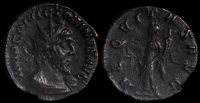
Victorinus 269 CE

Volusian 251-253 CE
